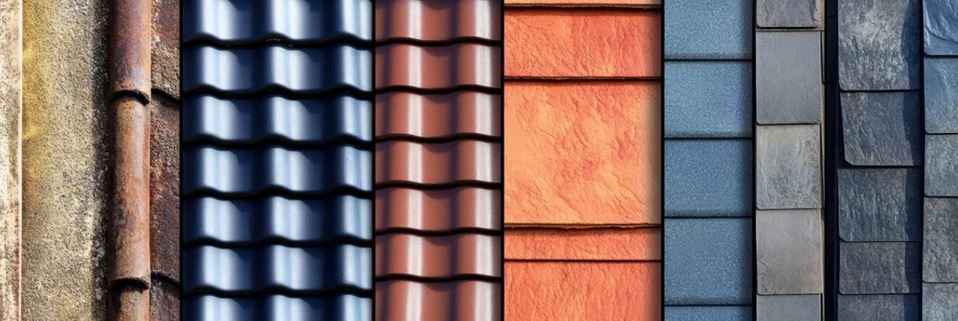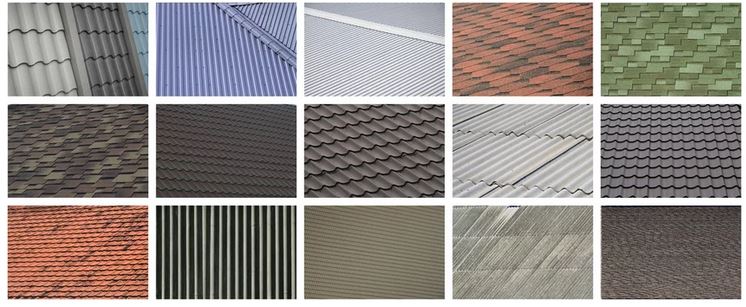
Roofing That Lasts: Best Roof Types for Triad NC Weather
The Piedmont Triad region of North Carolina—encompassing Greensboro, Winston-Salem, and High Point—experiences a climate that can put any roofing system to the test. From sweltering summer heat to occasional ice storms, roofs here must be durable, energy-efficient, and built to withstand the elements. If you’re building or replacing a roof in the Triad, understanding the best roofing materials for this region is essential.
Climate Factors That Influence Roofing Choice in the Triad
The local weather presents unique challenges that make roofing selection more than a style decision. Consider the following:
- Humidity & Rain: North Carolina’s humid subtropical climate can promote mold, algae, and material degradation.
- Storms: Thunderstorms and occasional hail can damage shingles and flashing.
- Heat: Summer heat and prolonged sun exposure can cause rapid wear, particularly on asphalt materials.
Knowing these conditions, choosing a roof that’s engineered for moisture resistance, UV durability, and structural strength becomes a necessity, not just a preference.
Top Roof Materials for Homes in the Triad

Architectural Asphalt Shingles
Asphalt shingles remain the most common roofing material in the region, particularly architectural or dimensional shingles, which offer more durability than 3-tab versions.
- Pros: Affordable, widely available, and rated for wind and impact resistance.
- Cons: Lifespan is generally 20–30 years, though intense sun can shorten this.
Metal Roofing
Metal is growing in popularity in the Triad for both residential and light commercial properties due to its energy efficiency and long lifespan.
- Pros: Reflects heat, handles wind and hail well, lasts 40–70 years.
- Cons: Higher initial cost and potential for noise without insulation.
Synthetic Roofing Materials
Synthetic slate, rubber roofing, and polymer composites are making waves in the roofing industry for homeowners wanting aesthetics without the weight or cost.
- Pros: Resilient to weather, lower maintenance, eco-friendly options available.
- Cons: Newer materials may have limited long-term performance data.
Clay or Concrete Tile
While rare in the Triad due to their weight and cost, tile roofs offer exceptional durability in the right structural setting.
- Pros: Lasts up to 100 years, fire-resistant, withstands heavy rainfall.
- Cons: Not ideal for all home structures; can be brittle under impact.
Roof Color and Energy Efficiency
In North Carolina’s warm climate, color can influence indoor comfort and energy costs. Lighter roof colors tend to reflect more sunlight and absorb less heat, which can slightly lower cooling costs during hot months. Metal roofs with reflective coatings are especially effective in reducing thermal gain. Choosing ENERGY STAR-rated materials is a good benchmark when evaluating energy efficiency.
Installation and Maintenance Considerations
Even the best roofing material will underperform without proper installation. Hiring experienced contractors who understand local climate factors is critical. Consider the following maintenance tips:
- Ensure attic ventilation to reduce heat buildup and moisture.
- Clean debris from valleys, flashing, and gutters seasonally.
- Have the roof inspected professionally after major storms or every 2–3 years.
Proactive maintenance not only extends the life of your roof but also preserves your home’s insulation and internal structures.
Resources for North Carolina Roofing Guidelines
If you’re exploring materials or considering a replacement, consult the U.S. Department of Energy’s Cool Roof Guide for insights on reflective roofing options. Local contractors and municipal building departments may also offer resources or rebate programs for energy-efficient upgrades.
Final Thoughts
The best roof for your Triad home depends on your goals—whether it’s affordability, longevity, or energy savings. Asphalt shingles dominate the landscape for good reason, but metal and newer synthetic options are rising in popularity. Understanding the regional climate and how each material responds to it is the first step toward making a smart investment in your home’s future.
